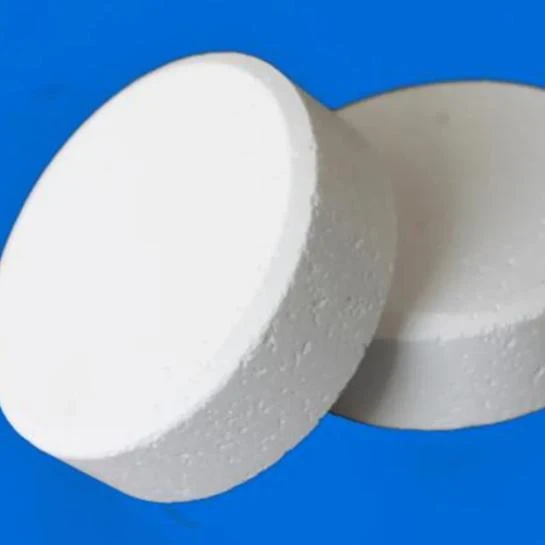
Preservatives Commonly Found in Confectionery Products and Their Effects on Shelf Life
The Role and Impact of Preservatives Used in Sweets
In recent years, the subject of food preservatives has gained significant attention, particularly concerning sweets and confectionery. As the demand for longer shelf life and stability in food products continues to rise, manufacturers increasingly turn to various preservatives to ensure that sweets remain appealing, safe, and flavorful for consumers. However, this has led to an ongoing debate regarding the safety, health implications, and consumer perceptions of such additives.
Understanding Preservatives
Preservatives are substances added to food products to prevent spoilage caused by microorganisms, oxidation, and other factors. In the realm of sweets, preservatives are critical for maintaining freshness, color, texture, and flavor. Commonly used preservatives in sweets include sorbates, benzoates, and sulfites, each playing a unique role in extending the product's shelf life.
1. Sorbates Potassium sorbate is one of the most widely used preservatives for various confections. It inhibits the growth of molds and yeasts, making it particularly beneficial for products like cakes, pastries, and candies. Its effectiveness is well-documented, and it is considered safe for consumption, subject to specific limits defined by food safety authorities.
2. Benzoates Sodium benzoate, another popular preservative, is often found in soft drinks and acidic foods. In sweets, it functions by preventing microbial growth and is effective at low pH levels. While it is generally recognized as safe (GRAS) by the FDA, its consumption has raised concerns when combined with vitamin C, potentially leading to the formation of benzene, a known carcinogen.
3. Sulfites Often used in dried fruits and some candies, sulfites can prevent browning and maintain color. However, they can trigger allergic reactions in sensitive individuals, which has led to strict labeling regulations in many countries.
The Consumer Perspective
The growing trend towards natural and organic foods has influenced consumer perceptions of preservatives in sweets. Many individuals are becoming increasingly aware of what they consume, leading to a demand for cleaner labels. As a result, manufacturers are responding by reformulating products, using natural preservatives like citric acid and vinegar, which can provide similar benefits without synthetic additives.
preservatives used in sweets

Despite this shift, it's essential to recognize that many preservatives play a vital role in food safety. The absence of preservatives can result in faster spoilage, increased food waste, and potential foodborne illnesses. Therefore, consumers must be educated on the differences between harmful and benign preservatives to make informed decisions.
Health Implications
Health concerns surrounding preservatives often revolve around their potential long-term effects. While regulatory agencies like the FDA and European Food Safety Authority (EFSA) set strict limits on the use of preservatives, some argue that continued exposure may correlate with various health issues such as allergies, hyperactivity in children, and gastrointestinal disturbances.
However, scientific evidence supporting these claims varies widely. Most preservatives used in small quantities are considered safe for the average consumer. The key lies in moderation. It is crucial for consumers to understand the recommended daily intakes and to consume sweets that contain preservatives wisely, alongside a balanced diet.
Future Trends
As the food industry evolves, so do the methods of preservation. Innovations in food science may lead to new approaches to extending shelf life without negatively impacting health. Techniques like high-pressure processing, natural extracts, and fermentation are all explorative avenues that show promise.
Moreover, transparency in food labeling practices is vital. As consumers demand more information regarding what goes into their food, producers must adapt by providing clear, accessible labels that detail every ingredient, including preservatives.
Conclusion
The use of preservatives in sweets is a double-edged sword. While they are essential for ensuring safety and extended shelf life, consumer demands for healthier options are prompting a reevaluation of conventional practices. Education on the nature of food preservatives, their functions, and safety is paramount. By fostering an informed consumer base, we can strike a balance between enjoying our favorite sweets and maintaining a healthy lifestyle. As change continues to unfold in the confectionery industry, the focus will likely remain on safety, health, and transparency—key factors in shaping the future of sweets and preservatives alike.
-
Understanding Synthetic Rubber OptionsNewsApr.27,2025
-
Trichloroisocyanuric Acid: Essential for Clean and Safe WaterNewsApr.27,2025
-
Sodium Dichloroisocyanurate: Key to Safe Water TreatmentNewsApr.27,2025
-
Sodium Acid Pyrophosphate: Essential in Modern Food ProcessingNewsApr.27,2025
-
Essential Water Treatment ChemicalsNewsApr.27,2025
-
Denatured Alcohol and Its Industrial UsesNewsApr.27,2025
-
The Versatile Uses of Sodium BicarbonateNewsApr.24,2025
Hebei Tenger Chemical Technology Co., Ltd. focuses on the chemical industry and is committed to the export service of chemical raw materials.
-

view more DiethanolisopropanolamineIn the ever-growing field of chemical solutions, diethanolisopropanolamine (DEIPA) stands out as a versatile and important compound. Due to its unique chemical structure and properties, DEIPA is of interest to various industries including construction, personal care, and agriculture. -

view more TriisopropanolamineTriisopropanolamine (TIPA) alkanol amine substance, is a kind of alcohol amine compound with amino and alcohol hydroxyl, and because of its molecules contains both amino and hydroxyl. -

view more Tetramethyl Thiuram DisulfideTetramethyl thiuram disulfide, also known as TMTD, is a white to light-yellow powder with a distinct sulfur-like odor. It is soluble in organic solvents such as benzene, acetone, and ethyl acetate, making it highly versatile for use in different formulations. TMTD is known for its excellent vulcanization acceleration properties, which makes it a key ingredient in the production of rubber products. Additionally, it acts as an effective fungicide and bactericide, making it valuable in agricultural applications. Its high purity and stability ensure consistent performance, making it a preferred choice for manufacturers across various industries.











